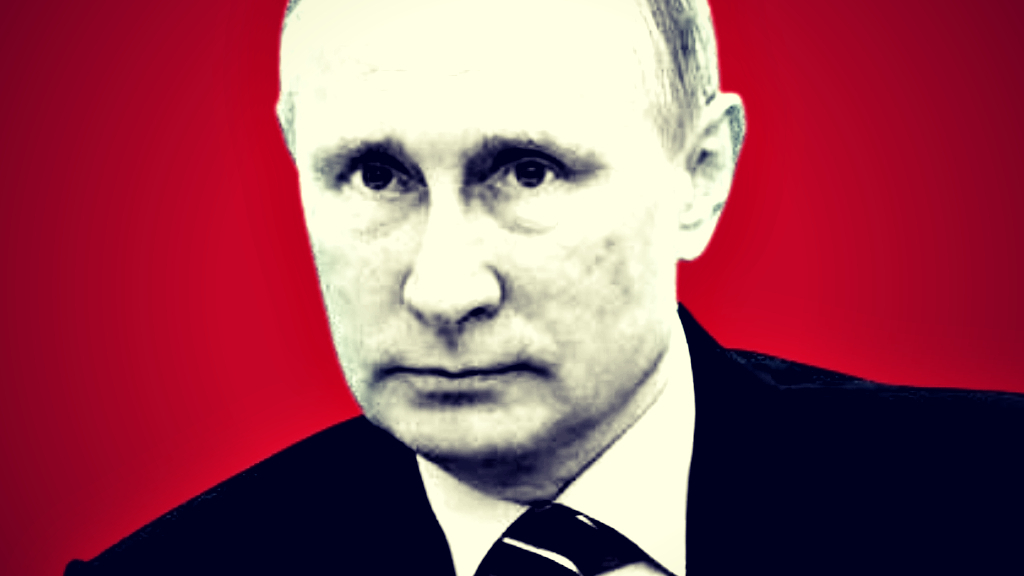The recent developments in the Ukraine war, particularly the deployment of Russia’s new hypersonic missile, the Oreshnik, have marked a significant escalation in the conflict. According to Brazilian journalist Pepe Escobar, this missile’s capabilities, which can travel at Mach 10, introduce a dramatic shift in the tactical landscape. A report from The New York Times highlights the alarming fact that Ukraine lacks the radar systems to detect these incoming missiles and the air defense systems capable of intercepting them. This scarcity of countermeasures raises serious concerns, as neither Ukraine nor its allies seem prepared to deal with the Oreshnik’s threat, creating an increasingly precarious situation.
On a pivotal day, Russian President Vladimir Putin convened a meeting with military leadership to discuss the implications of the Oreshnik missile’s recent testing and deployment. His message underscored the notion that the West’s decision to supply advanced weaponry to Ukraine would necessitate a response from Russia. Putin indicated that the Oreshnik missile systems would continue to be tested, revealing a stockpile ready for deployment. He made a stark comparison, suggesting that the missile, when used en masse, could function similarly to a strategic nuclear weapon, underscoring the profound implications of this new technology for international security dynamics.
Following the latest missile launches, the Russian Ministry of Defense confirmed that the hypersonic Oreshnik was successfully utilized against a defense plant in Ukraine, with claims that all missile warheads struck their intended targets. In response, Ukrainian President Volodymyr Zelensky urgently sought advanced air defense systems capable of countering Russian missile threats. However, the absence of such systems has left Ukraine vulnerable, raising questions about its military preparedness and the efficacy of Western support.
Russian Foreign Minister Sergei Lavrov indirectly addressed Zelensky’s situation by highlighting the Ukrainian leader’s apparent bewilderment regarding the West’s military assistance. Russia’s leadership perceives Zelensky’s plea for help as an acknowledgment of the dangerous reality faced by Ukraine, exacerbated by the newly unveiled capabilities of the Oreshnik missile. Kremlin Press Secretary Dmitry Peskov emphasized that Russia wished the U.S. had heeded Putin’s warnings prior to the Oreshnik’s testing, suggesting a desire for a more proactive approach to diplomacy rather than being caught off guard by Russia’s advancements.
The international media surrounding these events has reacted with a mix of concern and analysis. Various outlets have framed Russia’s actions as deliberate messaging or threats aimed at both Ukraine and its Western allies. Reports have described the missile tests as a symbolic assertion of Russia’s military capabilities, while others view the launches as a direct retaliation for Ukraine’s own military actions deep within Russian-held territory. This media framing further complicates the narrative around the Ukraine war, serving to amplify fears of escalating violence and the possibility of a broader conflict.
In summary, the introduction of the Oreshnik missile has fundamentally altered the strategic landscape of the Ukraine war, posing severe challenges for Ukrainian defense. The absence of effective countermeasures has left Ukraine in a precarious position, prompting urgent calls for more robust air defense. With Russia signaling its willingness to utilize such advanced weaponry, the stakes have undoubtedly risen, raising concerns about the possible implications for regional and global stability as the conflict continues to unfold.

